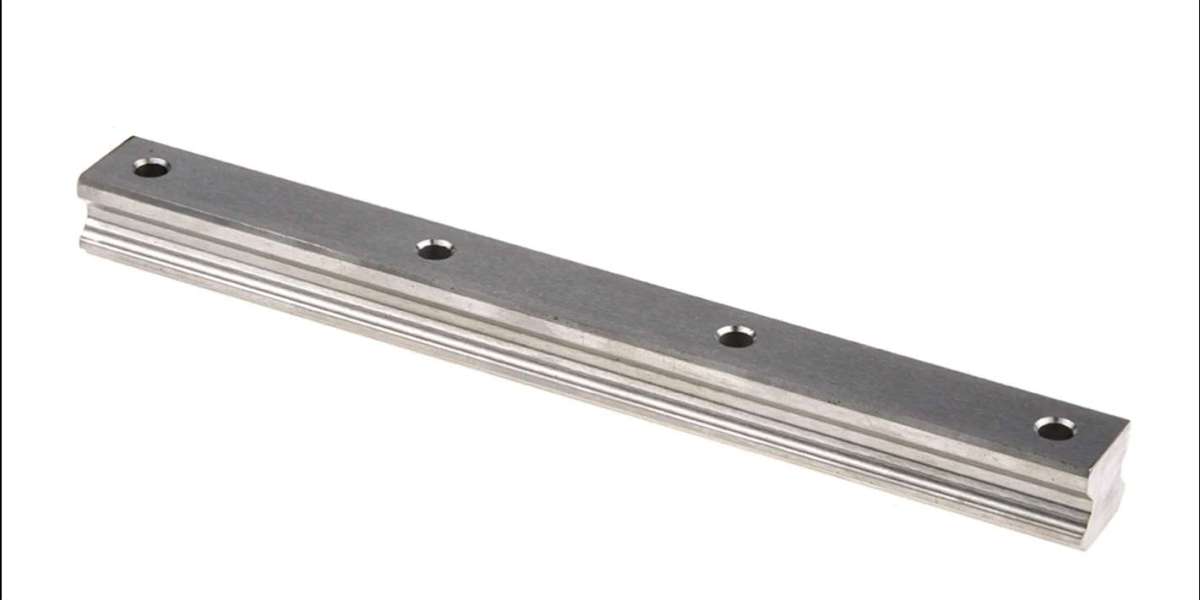Pre-Installation Preparations: Setting the Stage for Success
Before embarking on the installation process, it's crucial to take the necessary steps to prepare the work environment and ensure that all necessary tools and materials are readily available. This includes:
- Workspace Cleanliness: Ensure that the installation area is clean, dry, and free from dust, dirt, and other contaminants. Contamination is a major enemy of linear guide bearings and can significantly reduce their lifespan.
- Component Inspection: Carefully inspect all linear guide bearings, shafts, and related components for any signs of damage, such as scratches, dents, or corrosion. Do not install damaged components, as they will compromise the system's performance and reliability.
- Tool Availability: Gather all necessary tools, including precision measuring instruments (such as dial indicators and calipers), mounting hardware, lubrication equipment, and cleaning supplies.
- Technical Documentation: Review the manufacturer's technical documentation for specific installation instructions, torque specifications, and lubrication recommendations.
The Installation Process: Step-by-Step Guidance
The installation process for linear guide bearings can vary depending on the type of bearing and the specific application. However, the following general steps apply to most installations:
- Shaft Preparation (for shaft-based systems): Ensure that the shaft is clean, straight, and properly supported. Use a precision level to verify that the shaft is level and free from any bends or distortions.
- Bearing Mounting: Carefully slide the linear guide bearing onto the shaft, ensuring that it is properly oriented. Avoid using excessive force, as this can damage the bearing.
- Alignment: Precisely align the linear guide bearing with the other components in the system. Use a dial indicator to verify that the bearing is parallel to the direction of travel. Misalignment is a common cause of premature bearing failure.
- Secure Fastening: Securely fasten the linear guide bearing to the mounting structure using the appropriate hardware and torque specifications. Over-tightening can damage the bearing, while under-tightening can lead to instability.
- Lubrication: Apply the recommended lubricant to the linear guide bearing according to the manufacturer's instructions. Proper lubrication is essential for minimizing friction and wear.
Essential Maintenance Practices: Ensuring Long-Term Performance
Consistent maintenance is crucial for maximizing the performance and lifespan of linear guide bearings. Key maintenance practices include:
- Regular Lubrication: Establish a schedule for regular lubrication based on the manufacturer's recommendations and the operating environment. Use the correct type of lubricant and apply it properly. Under-lubrication and over-lubrication can both be detrimental to bearing performance.
- Contamination Control: Implement measures to prevent contamination from dust, dirt, and other debris. Use seals, wipers, and bellows to protect the bearings from environmental contaminants.
- Periodic Inspection: Regularly inspect the linear guide bearings for signs of wear, damage, or misalignment. Look for unusual noise, vibration, or play in the system.
- Cleaning: Clean the linear guide bearings periodically to remove any accumulated debris or contaminants. Use a lint-free cloth and a mild solvent to clean the bearing surfaces.
- Shaft Maintenance (for shaft-based systems): Keep the shafts clean and free from corrosion. Regularly inspect the shafts for signs of wear or damage.
Troubleshooting Common Problems: A Proactive Approach
Even with proper installation and maintenance, problems can occasionally arise with linear guide bearings. A proactive approach to troubleshooting can help to minimize downtime and prevent further damage. Some common problems and their potential solutions include:
- Excessive Noise: This may indicate a lack of lubrication, contamination, or damage to the bearing.
- Binding or Sticking: This may indicate misalignment, contamination, or excessive preload.
- Reduced Accuracy: This may indicate wear, damage, or misalignment.
- Premature Failure: This may indicate overloading, improper lubrication, or contamination.
Lubrication: The Lifeblood of Linear Guide Bearings
Lubrication is arguably the most critical aspect of linear guide bearing maintenance. Proper lubrication minimizes friction, reduces wear, prevents corrosion, and helps to dissipate heat. Key considerations for lubrication include:
- Lubricant Type: Use the lubricant recommended by the manufacturer. Different types of linear guide bearings require different types of lubricants.
- Lubrication Frequency: Follow the manufacturer's recommendations for lubrication frequency. The frequency may need to be adjusted based on the operating environment and the severity of the application.
- Application Method: Apply the lubricant properly using a grease gun, oiler, or other appropriate method. Ensure that the lubricant reaches all critical bearing surfaces.
Conclusion
Proper installation and consistent maintenance are essential for maximizing the performance and lifespan of linear guide bearings. By following the guidelines outlined in this article, engineers and technicians can ensure that these critical components operate reliably and efficiently, contributing to the overall success of their precision motion systems.








